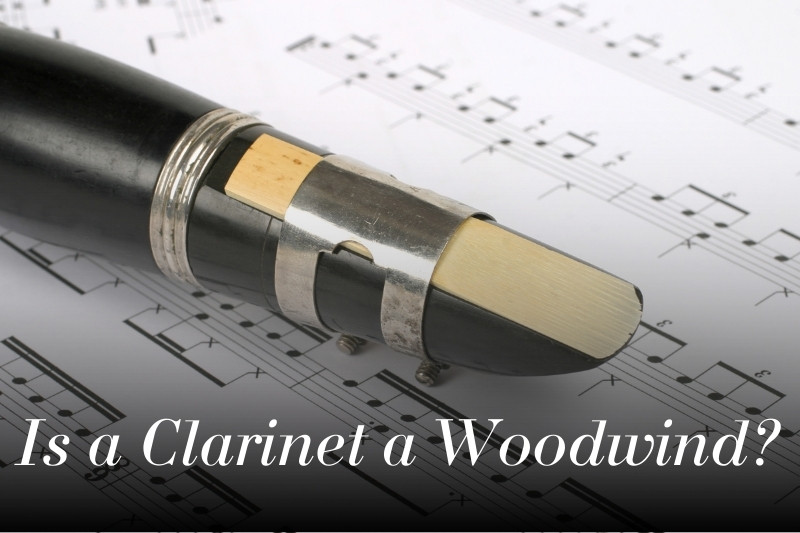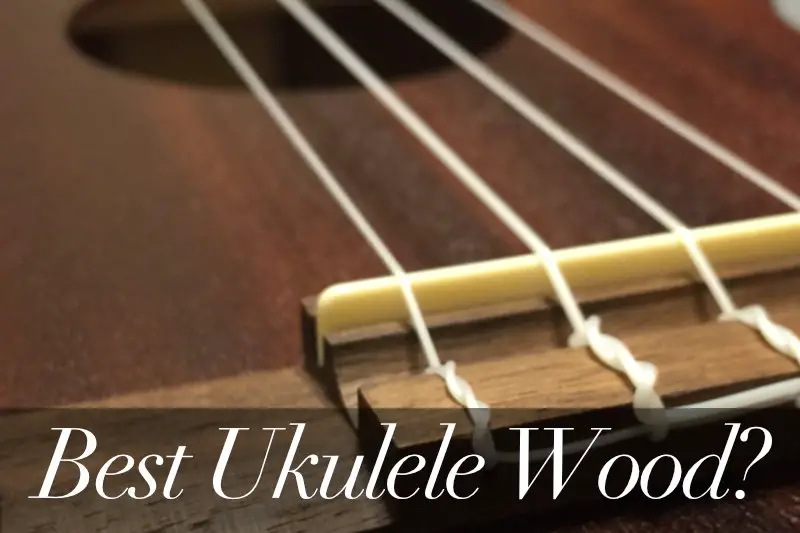The music world is full of technical terms, jargon, and other classifications that many people often misunderstand. Some terms are, thankfully, easier to understand than others. For instance, if we ask, “Is a clarinet a woodwind instrument?” the answer actually makes sense.
A clarinet is a woodwind instrument. Woodwinds are a group of musical instruments that, traditionally, were made out of wood. Many clarinets are still made from wood, but some other woodwinds, like flutes, aren’t. Woodwind instruments can be a great option for beginners to learn music with.
If your mind is already blown because woodwinds don’t need to be wooden, don’t worry. We’ll explain, and it’ll make more sense. Let’s talk more about what makes an instrument a woodwind.
Some of the articles on our site contain affiliate links. We're careful about what we review and recommend. As an Amazon Associate, we may earn something small from qualifying purchases. Thanks for the support!
What makes an instrument a woodwind
If it isn’t wood, then what is it that makes a woodwind a woodwind?
Yes, it is true that woodwind instruments get their name because they were traditionally made of wood. And to play them, a musician would blow air or “wind” into them, often using a reed. Clarinet, flute, and even saxophone are considered woodwinds. Woodwinds today can be made of wood, plastic, metal, or any combination of materials.
It’s important to note that even if a woodwind instrument is made of something other than wood, they very often still utilize a wooden reed. So, you do still have this wind-over-wood effect that actually creates the instrument’s sound.
This isn’t always the case, though. For example, a flute has no reed and is usually made of metal. Yes, there are wooden flutes, but this isn’t what makes it a woodwind. It’s more about how the air moves through the instrument, which is how woodwinds are actually classified.
So what’s a brasswind?
You might sometimes hear the term “brasswind” thrown around, too. That’s another category of instruments that includes tuba and trumpet. Instead of using a reed, brasswind players vibrate their lips while blowing air into the instrument to produce the sound.
What type of reed does a clarinet use
Reeds are very important to woodwind players. What type of reed does a clarinet use, then?
Clarinets are single-reed instruments, meaning you use one reed to create the sound. Some instruments, like the oboe, are double reed instruments, which require two reeds pressed together. In a double-reed instrument, you blow through the two reeds to create sound. With a single-reed instrument, like a clarinet, you simply blow air between the reed and mouthpiece to make sound.
A reed helps make the air inside of the instrument vibrate, which is what produces the sound when you play. And for another twist, reeds are not usually made out of actual wood. They’re actually made of a reed grass called giant cane. You’ll also come across synthetic reeds as well.
Clarinet players have lots of hot opinions about which reeds are best, but most will swear by Vandoren.
Best reeds for a beginner clarinet player
New clarinet players have a lot of confusing options when they go to buy new reeds. As if picking a brand wasn’t hard enough, why did they have to throw numbers into it, too?
Dr. Steven Christ researched reed longevity at the University of South Carolina, and he has some interesting findings, especially for beginners. In an interview with us, he gave us the full lowdown on clarinet reeds.
The best reeds for a clarinet player are Vandoren reeds with a 3 strength. That strength is labeled for B-flat clarinet use, which takes the guesswork out of it. Vandoren may seem expensive, but they break less than their competitors, meaning you’ll spend more in the long run if you go with other brands.
Vandoren has a sister company called Juno, and those can be a great alternative if you don’t want to spend the cash. D’addario is another good alternative pick, but any clarinet player will tell you that it’s all about Vandoren.
How long does a clarinet reed last
After you buy a clarinet, you need to think about how often you’ll need to replace that tricky reed. Dr. Christ has more advice for us here, and again, the results are pretty shocking!
A clarinet reed typically lasts for at least a month, but it’s all about the brand. For a beginner clarinet student, a Rico will usually break after just two weeks, but a Vandoren or a Juno reed can last you for two or three months. A professional clarinet player will replace a reed twice a year.
Dr. Christ only replaces his reeds once a year! Clearly, he has unlocked the secrets of the clarinet reed universe, but for the rest of us, let’s stick to replacements every other month.
Is a clarinet a woodwind instrument: Final thoughts
When you’re new to the world of traditional music, learning the terms can be a pain. I mean, seriously, a saxophone is a woodwind? But once you get it down, you can focus on the good part: making great music with your fellow musicians and appreciating it on a deeper level as a listener.
Whether you’re jumping into the world of classical music or you’re just wanting to lose yourself in the lush sounds of chamber pop, embracing all types of musical instruments is a great thing.
When it comes to woodwinds, there’s a reason they get grouped together that, I think, is a little deeper than any sterile definition. Listening to a group of woodwinds play can be an experience like no other. They come together because their sounds compliment each other beautifully.
So take pride in your woodwind tribe! Above all, enjoy playing your clarinet. Some may call you Squidward, but making music is a skill that will never fail you.




